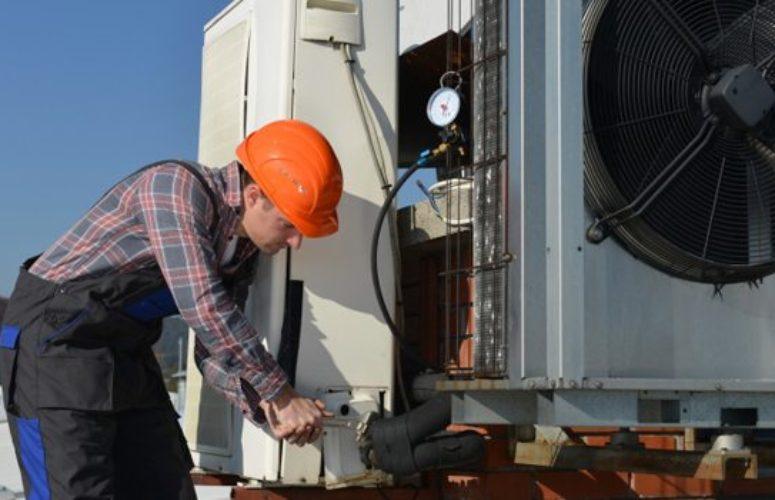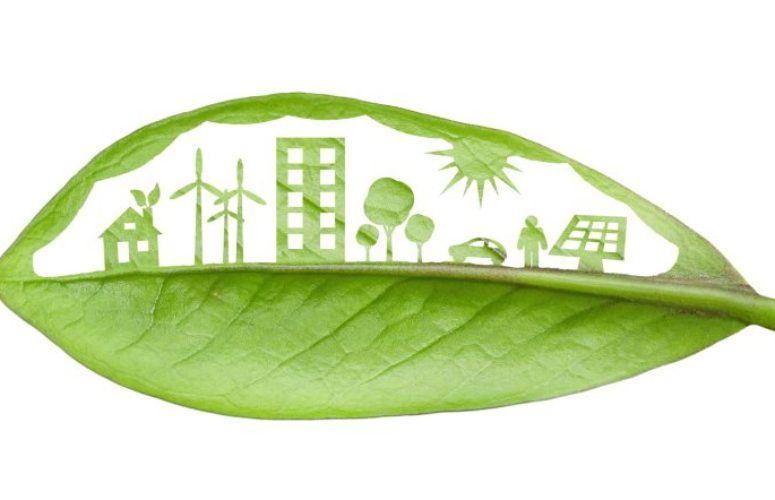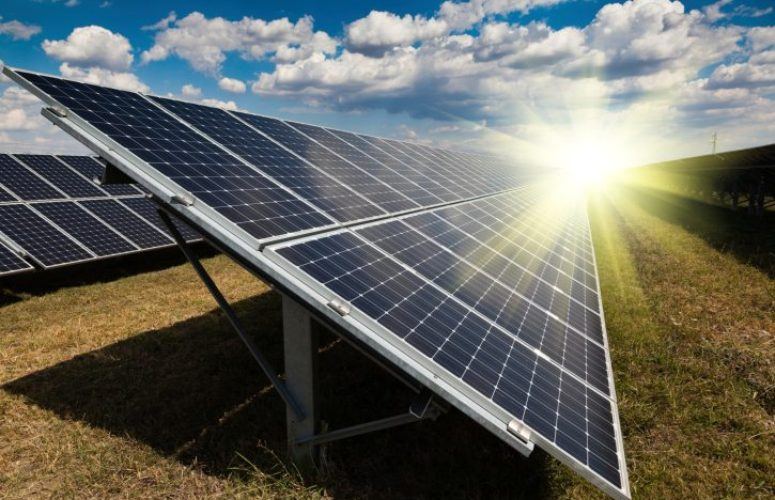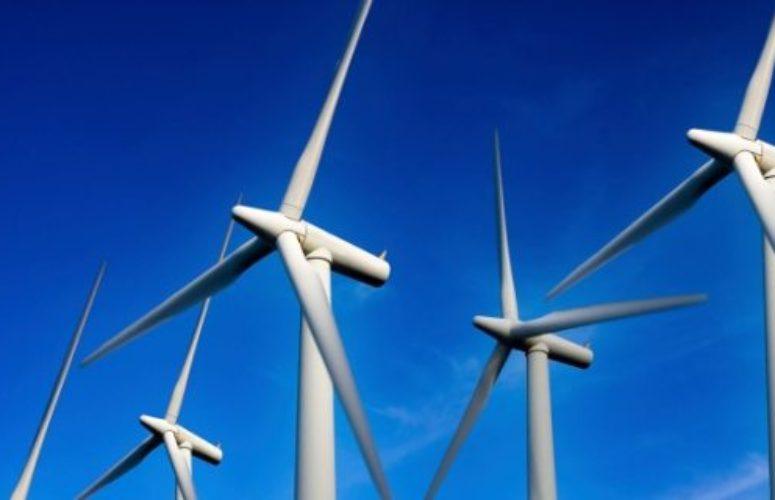
NJ’s Clean Energy Program
Direct Install and energy efficiency upgrades
On Aug 4, 2014Constant fiscal belt tightening is a challenging task – especially for small- to mid-sized businesses that already run lean operations. Improving a facility’s energy efficiency can go a long way toward slashing operating costs, but business owners may not believe they have room in their already strained budgets to pay for an energy project. Yet, the chances are good that they do.
Direct Install from New Jersey’s Clean Energy Program is one way to bridge even the widest gap between capital resources and the price of implementing energy efficiency measures. If a facility is located in New Jersey, served by one of the state’s public regulated electric or natural gas utilities, and has a peak electric demand that did not exceed 150 kW in any of the preceding 12 months, it qualifies for Direct Install.
Eligible equipment upgrades include high-efficiency lighting, HVAC, refrigeration, motors, natural gas and variable frequency drives. Financial incentives cover up to 70 percent of the installed cost of improvements for qualifying small- to mid-sized businesses throughout the state.
“Direct Install incentives greatly reduce the payback period so that most projects pay for themselves in less than three years,” says Dianne Solomon, president of the New Jersey Board of Public Utilities. “In turn, the new energy-efficient equipment can provide dramatic savings on operating expenses for years to come.”
According to President Solomon, a certified participating contractor is actively engaged in each Direct Install project from start to finish, beginning with an assessment of the facility and ending with the installation of eligible energy-efficient equipment.
“Thanks to this streamlined turnkey process, project installations are usually completed within just 90 days of scheduling an energy assessment,” Solomon adds.
Business owners can visit NJCleanEnergy.com/DI to locate the participating contractor for their region and schedule a free energy assessment. From there, they will review results of qualified measures with their contractor, arrange a convenient start date for an installation, confirm and accept the finished work and complete the transaction by paying for only their share of the total project cost – typically around 30 percent.
Related Articles:





